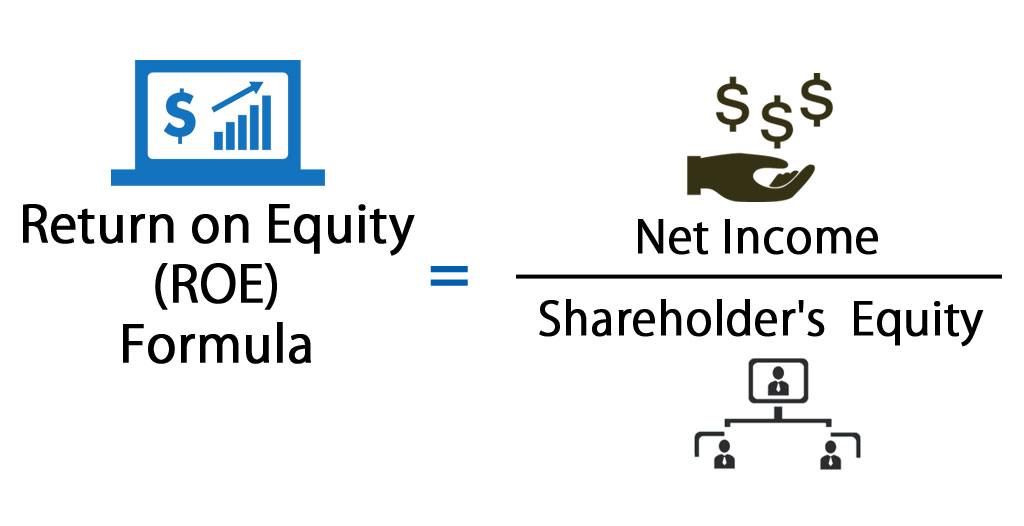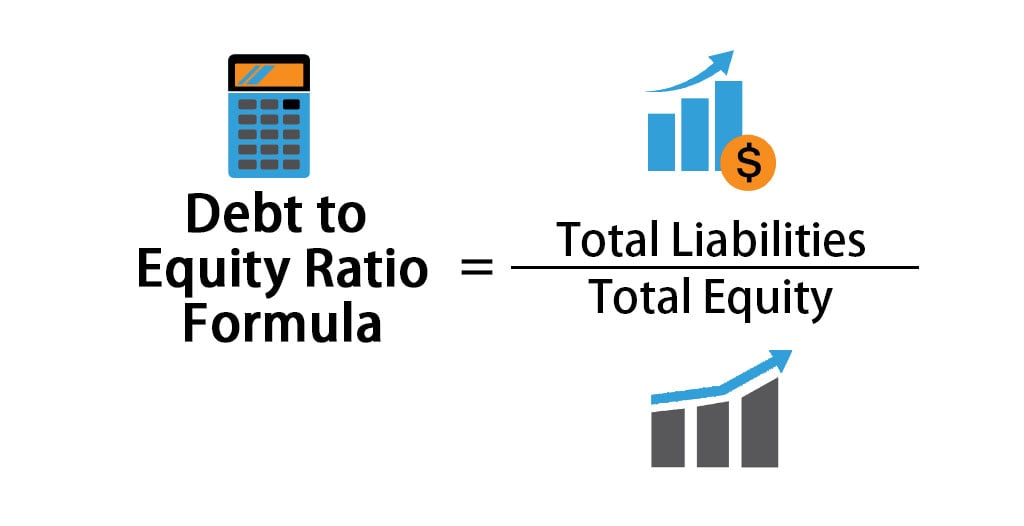
The term “book value” is derived from accounting lingo, where the accounting journal and ledger are known as a company’s books. The figure of 1.25 indicates that the market has priced shares at a premium to the book value of a share. The ratio may not serve as a valid valuation basis when comparing companies from different sectors and industries because companies in other industries may record their assets differently. As a result, a high P/B ratio would not necessarily be a premium valuation, and conversely, a low P/B ratio would not automatically be a discount valuation when comparing companies in different industries. If the market price for a share is higher than the BVPS, then the stock may be seen as overvalued.
Examples of Book Value of Equity Calculations (with Excel Template)
This equity represents the net value of a company, or the amount of money left over for shareholders if all assets were liquidated and all debts repaid. Book value of equity is an important concept because it helps interpret the financial health of a company or firm as it is the fair value of the residual assets after all the liabilities are paid off. From the perspective of an analyst or investor, it is all the better if the company’s balance sheet is marked to market, i.e., it captures the most current market value of the assets and liabilities.
Formula to Calculate Book Value of a Company
- Over the course of time, if the book value of equity within the company increases, it is a sign of positivity.
- The equity value recorded on the books is significantly understated from the market value in most cases.
- Book valuation might be too high if the company is a bankruptcy candidate and has liens against its assets.
- While net income each period is an inflow to the retained earnings balance, common dividends and share repurchases represent cash outflows.
Some of these adjustments, such as depreciation, may not be easy to understand and assess. If the company has been depreciating its assets, investors might need several years of financial statements to understand its impact. Additionally, depreciation-linked rules and accounting practices can create other issues. For instance, a company may have to report an overly high value for some of its equipment.
Book Value Greater Than Market Value
The shareholders equity ratio measures the proportion of a company’s total equity to its total assets on its balance sheet. If you want to calculate the value of a company’s equity, you can find the information you need from its balance sheet. Locate the total liabilities and subtract that figure from the total assets to give you the total equity. Shareholders consider this to be an important metric because the higher the equity, the more stable and healthy the company is deemed to be. As per the formula above, you’ll need to find the total assets and total liabilities to determine the value of a company’s equity.
What Is Included in Total Equity?
To calculate the book value of equity of a company, the first step is to collect the required balance sheet data from the company’s latest financial reports such as its 10-K or 10-Q. A P/B ratio of 1.0 indicates that the market price of a share of stock is exactly equal to its book value. For value investors, this may signal a good buy since the market price generally carries some premium over book value.

Income Statement
Alternatively, Book Value can be calculated as the total of the overall Shareholder Equity of the company. Company or shareholders’ equity is equal to a firm’s total assets minus its total liabilities. Company or shareholders’ equity choosing which safe configuration to use for enterprise agility often provides analysts and investors with a general idea of the company’s financial health and well-being. However, bankruptcy nearly always eliminates all equity, so there is no residual book value for investors to be paid.
This metric is very important to understand valuation related dynamics within the company. This accumulated figure represents the Other Comprehensive Income that has been earned and retained by the company over the course of time. This accumulated figure is technically owned by the shareholders of the company, and hence, this is also included when calculating the Book Value of Equity. Under the classical approach, simply subtract liabilities from assets to arrive at book value. As per the recent annual report published by the company, the following financial information is available to us.
The book value of equity is the net value of the total assets that common shareholders would be entitled to get under a liquidation scenario. If the company were to be liquidated and subsequently paid off all of its liabilities, the amount remaining for common shareholders would be worth $20mm. Creditors who provide the necessary capital to the business are more interested in the company’s asset value. Therefore, creditors use book value to determine how much capital to lend to the company since assets make good collateral.
Adam Hayes, Ph.D., CFA, is a financial writer with 15+ years Wall Street experience as a derivatives trader. Besides his extensive derivative trading expertise, Adam is an expert in economics and behavioral finance. Adam received his master’s in economics from The New School for Social Research and his Ph.D. from the University of Wisconsin-Madison in sociology. He currently researches and teaches economic sociology and the social studies of finance at the Hebrew University in Jerusalem.